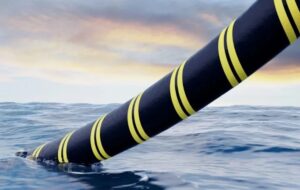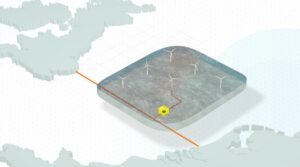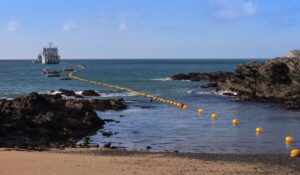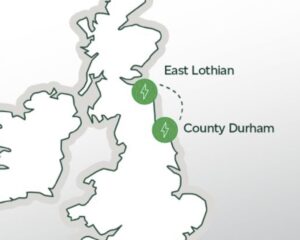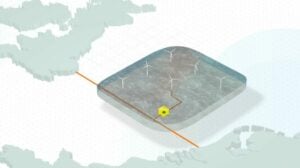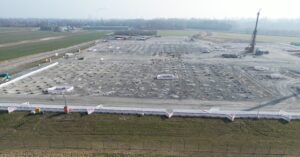Great Britain approves five undersea energy links, two being its first offshore hybrid assets
Great Britain’s energy market regulator Ofgem has approved five new undersea energy links, with two creating Great Britain’s first-ever offshore hybrid assets (OHAs), all expected to be operational by the end of 2032.
The approved OHA projects include the up to 1.8 GW LionLink, which will connect Dutch offshore wind farms to the British grid with an onshore landing point in Suffolk, and the 1.4 GW Nautilus, which will connect Belgian offshore wind farms to the GB grid, coming ashore at the Isle of Grain in Kent.
Nautilus will provide the link between the British coast and Princess Elisabeth Island (PEI) and will also be able to transport power from the PEI area. The two OHAs will form the first building blocks of a meshed offshore electricity grid.
Related Article
Furthermore, Nautilus was included in the Belgian Federal Development Plan and has already received recognition from the European Commission as a Project of Mutual Interest (PMI). National Grid Ventures, the development arm of British grid operator National Grid, and Elia Transmission Belgium (ETB) can now move the project forward.
As for MaresConnect, Ireland’s Commission for Regulation of Utilities (CRU) is currently undertaking its initial project assessment of the interconnector, with public consultation on the findings expected in early 2025.
The other three greenlit interconnectors are the 610-kilometer Tarchon Energy Interconnector between East Anglia and Niederlangen, Germany, which would deliver up to 1.4 GW of electricity capacity, the 190-kilometer MaresConnect subsea cable between Bodelwyddan, North Wales, to the Republic of Ireland, which will deliver 0.75 GW of additional electricity capacity, as well as LirIC, a circa 142-kilometer subsea electricity interconnector between Kilroot in Northern Ireland to Hunterston in Ayrshire, Scotland, set to deliver 0.7 GW of additional electricity capacity.
The new projects are all expected to be complete and operational by the end of 2032.
Analysis by Ofgem and the National Energy System Operator (NESO) shows that GB will become a net energy exporter by 2030 due to the growing amount of renewable generation. According to Akshay Kaul, Director General for Infrastructure at Ofgem, the connections will provide greater access to energy imports, which together with domestic low-carbon energy sources such as nuclear and biomass, will provide vital backup energy sources when renewable generation is more limited.
“We’ve carefully assessed all the proposed projects and only approved those ones which deliver for consumers in terms of value, viability and energy security,” Kaul said. “As we shift to a clean power system more reliant on intermittent wind and solar energy, these new connections will help harness the vast potential of the North Sea and play a key role in making our energy supply cheaper and less reliant on volatile foreign gas markets and associated price spikes.”
The new connections will keep consumer costs as low as possible through the cap and floor rules which limit revenue for interconnectors, Ofgem said.
The OHAs are expected to maximize the efficiency of both interconnection and transmission by providing one-stop connections that can transmit electricity from wind farms to grids when they are generating and can provide more interconnector capacity at other times, as well as cut down on the footprint of infrastructure needed by combining interconnection and offshore wind connection into a single asset, reducing community and environmental impacts as well as costs.
Kriegers Flak in the Baltic Sea is the only OHA in the world that is currently operational, connecting Germany’s Baltic II wind farm with the electricity grids of both Germany and Denmark, enabling clean energy to be shared between the countries.
Great Britain currently has nine operational interconnectors, four of which are operating under Ofgem’s cap and floor regime (Nemo Link, IFA2, NSL, Viking Link). Two under the cap and floor regime are being constructed, namely GreenLink to the Republic of Ireland, and NeuConnect to Germany.
Related Article
According to the UK regulator, by 2032 Great Britain could have 18 operational interconnectors, able to import over 18 GW of capacity if all those Ofgem projects with regulatory approval are completed on schedule.
This is the third cap and floor window and follows on from previous windows in 2014 and 2016. Ofgem has also launched a new pilot cap and floor scheme for the development of OHAs, which works on the same principle as the interconnector cap and floor regime.




